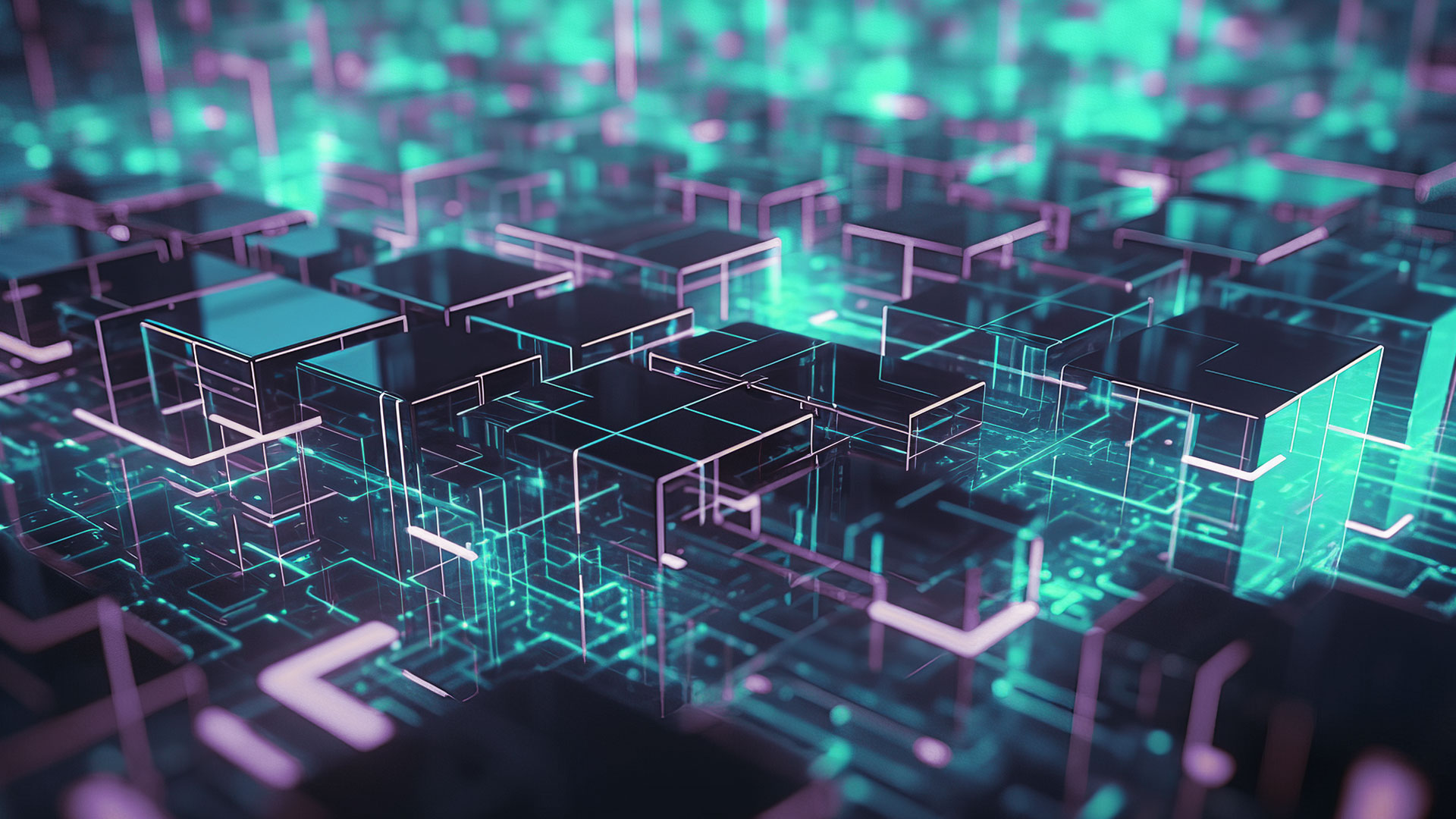
In today’s ever-evolving tech landscape, the buzz surrounding artificial intelligence (AI) has never been louder. But what does this mean for the world of integration? Is it on the brink of becoming a relic, or are we just witnessing the dawn of its renaissance? Spoiler alert: it's the beginning of something incredible!
From baby steps to giant leaps
Do you remember the days when AI in integration was merely about spotting data mismatches or coaxing two systems to shake hands without throwing a tantrum? While AI has quietly powered many features for quite some time, it often remained in the background, unseen.
Enter the recent advancements of generative AI. Suddenly, we are witnessing the potential to seamlessly integrate AI directly into applications everywhere. And we're not just talking about making jobs a bit easier. We're talking about redefining the entire playbook.
The magic of conversational integration
Imagine telling your integration platform, "Hey, get these two apps to share their secrets," and it just... happens. No arcane scripts or endless lines of code. Generative AI is turning the tedious task of integration into something as simple as a coffee run. You ask, and AI delivers—no fuss, no muss.
Now granted, AI might not make every integration as seamless as that (well, at least not yet), but a huge percentage of integrations are built on standards such as APIs and other agreed-upon ways of communication. Just as humans have benefited from technical open standards such as OpenAPI, Swagger, JSON, OpenID Connect, JWT, MFT, etc., AI can now leverage these to open a whole new world of integration possibilities.
Connectors on demand
Think about integration connectors as the unsung heroes linking disparate systems. Traditionally, crafting these connectors was akin to digital-age blacksmithing: laborious and skill-intensive. While there were excellent integration software options, they often required integration specialists. Now, picture a world where AI forges these connectors in the background, tailored to your needs, without you breaking a sweat. This isn't just convenient—it's revolutionary.
Self-healing data mapping: The dream
Data changes. Standards evolve. What worked yesterday might not cut it tomorrow. Today, integration connectors are often custom pieces of code tailored to understand a particular system you need to integrate with. The problem is that systems change. While not every change is a breaking change, many are and can force you to choose between one of two things: getting a developer to update the connector or writing a new connector. Neither is appealing and both require time and effort.
So, how does AI help with this problem? It's not magic but it is pretty clever. Using AI to watch over your data mappings is like a guardian angel, fixing issues before you even know they exist. This means your data stays clean, accurate, and, most importantly, trustworthy—all of this happening automatically for you.
Looking ahead: A new era of integration
This isn't about AI taking over; it's about AI empowering us to do more, better, and faster. With AI, we're not just tweaking the edges; we're redesigning the landscape of integration from the ground up. That's what puts products like webMethods.io in a category of its own. AI wasn’t just an add-on to an existing iPaaS or integration solution. The next-gen webMethods was built with AI in mind from the ground up.
The future? It's bright, and it's one where integration becomes not just easier but more integral to our digital journey than ever before.
The bottom line
If it wasn't clear already, Integration is not dead. AI isn't the end of integration; it's powering the rebirth. We're on the cusp of a new era where integration is more dynamic, more powerful, and frankly, more exciting. The journey ahead is filled with potential and promise, powered by AI.






